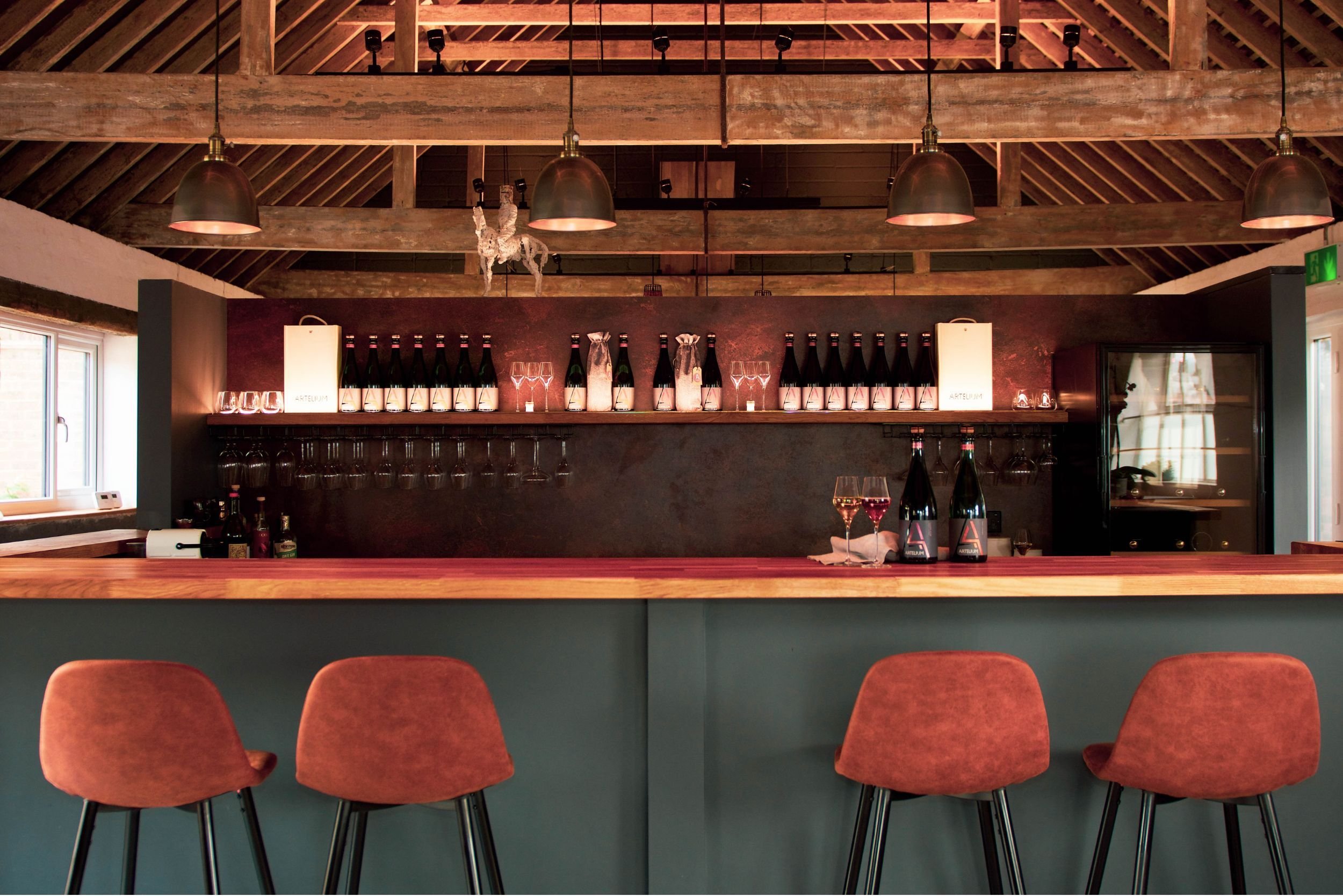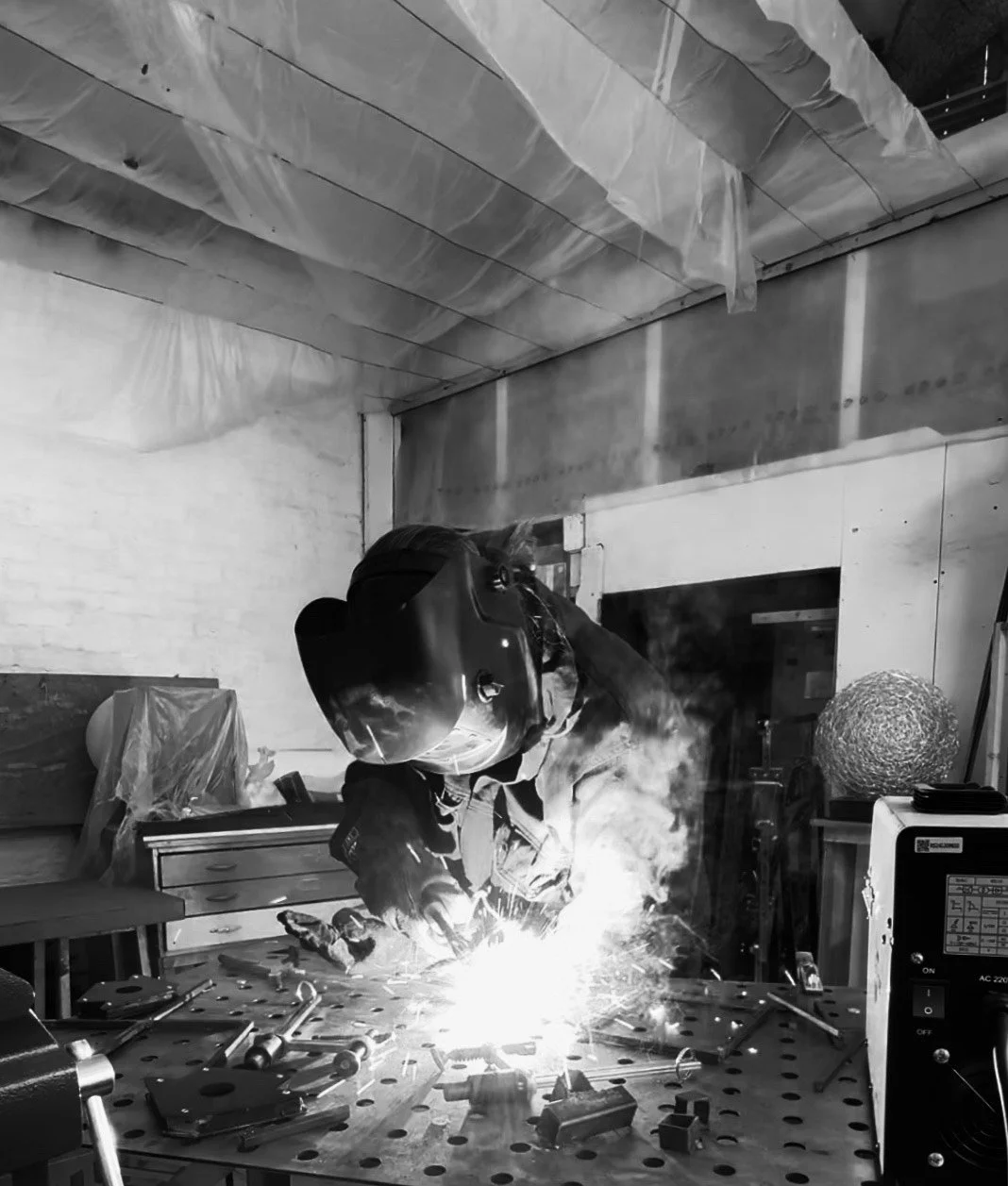
Best Sussex Wine Gifts for Christmas 2025: Artelium’s Festive Wine & Vineyard Experience Guide
Discover the best Sussex wine gifts for Christmas 2024 with Artelium’s sparkling wines, festive gift sets, and unforgettable vineyard experiences.
English Wine Brand Artelium Awarded 97 Points From Wine Enthusiast, Placing Their Wine in Top 0.5% Worldwide
Artelium’s Curators Cuvée 2018 earns 97 points from Wine Enthusiast, placing it in the top 0.5% of wines worldwide. Discover the awards and what’s next for the estate.
Top 10 English Wines to Buy for Christmas 2025
Whether you're hosting a festive feast, gifting something special, or simply enjoying a quiet glass by the fire, Artelium’s award-winning Sussex wines offer elegance, depth, and a true taste of English craftsmanship.
How English Sparkling Wine Is Made – The Artelium Way
At Artelium Wine Estate, we believe that making exceptional English sparkling wine is a blend of art, science, and respect for nature.
From Vine to Table: Autumn at Artelium
For Artelium – and all English producers – autumn is the most important time of year, as it brings with it harvest. It's also a season that transforms every corner of the estate: a return to fire-side feasts, Sunday roasts & muddy vineyard walks. Even though summer is over, there is still lots going on at Artelium this autumn.
Meet the Artist: Rosie Mortimer
Meet Rosie Mortimer, the artist behind the labels for Artefact #11 & #12, and our current Artwave exhibition ‘Divided Light,’ exhibited in The Barn at Artelium until the 21st September.
Sussex Staycations
Sussex is the perfect destination for wine and countryside lovers. At Artelium we’ve got experiences, food and drink covered. In this blog we spotlight some of our favourite local staycation spots to rest your head after a day strolling through the vines.
The Art of Decanting: ETO x Artelium
We’re excited for our collab with ETO, which combines elegant design and innovative technology to create beautiful decanters. Discover how decanting Artelium wines with an ETO decanter enhances their flavour and preserves their freshness—so every glass, even days later, tastes as vibrant as when the bottle was first opened.
Raising the Glass: English Wine - A Region of Innovation
English Wine Week runs from the 21st - 29th June. It’s a celebration of the innovation and excellency of English Wine. In this blog, we discuss the strides the region has taken, becoming a major player on the world wine stage.
Meet the Artist: Kate McMinnies
Ahead of our Artist Open Houses exhibition ‘Inherent Rhythms,’ we visited Kate’s studio to chat about wild clay, the beauty of the hedgerow, and why the South Downs is such an inspiration for her.
Spring Awakening
As the days grow longer and signs of spring emerge, the estate hums with anticipation. The start of Spring marks a time of balance and renewal – a moment when nature tips forward into growth.
Embrace Balance, This January
As the new year unfolds, we’re embracing a slower start, taking time to connect with nature and savour the stillness of January.
The Artelium Team’s Perfect Picks for Festive Drinks
With a wealth of wines to choose from, we’re asking the experts (i.e. the Artelium team) their perfect wine picks for Christmas Day.
How to Make the Perfect Mulled Wine
his year, elevate your winter gatherings with an Artelium twist on the traditional recipe — combining the depth of our Artefact #9 – Cabaret Noir with the warming spice of Artelium’s Collaborators Brandy.
Meet the Artist: Laurence Moracchini
We sat down Terroir & Texture artist Laurence Moracchini, to talk about finding imperfection, how she began woodcarving and why she’s rejecting functional objects.
Meet the Artist: Ella Porter
We sat down Terroir & Texture artist Ella Porter, to talk about her interest in found objects, how the 2014 Glasgow School of Art Fire has affected the way she creates and why she loves the colour green.
Interview with The Sussex Contemporary
Ahead of announcing the winner of the Artelium Artefact Prize in collaboration with The Sussex Contemporary, we sat down with founders Jo Myles and Jason Edge to talk artist communities, why they picked ‘duality’ for this year's theme, and The Artelium Artefact Prize.
Harvest Season at Artelium
Autumnal hues begin to paint the Sussex countryside, there is a bite to the air in the mornings, and the smell of the land has transformed from freshly cut grass to earth and woodsmoke. Harvest season is here.
Meet the Artist: The Baron Gilvan
Ahead of our September mixed exhibition, we sat down with artist The Baron Gilvan to talk artistic personas, bouffon clowns, and his label designs for our new series of Artefact wines.
Cultural Round Up: August Exhibitions
Discover our top 5 Sussex cultural events for August, spanning both prolific public galleries and smaller independent ventures.




















